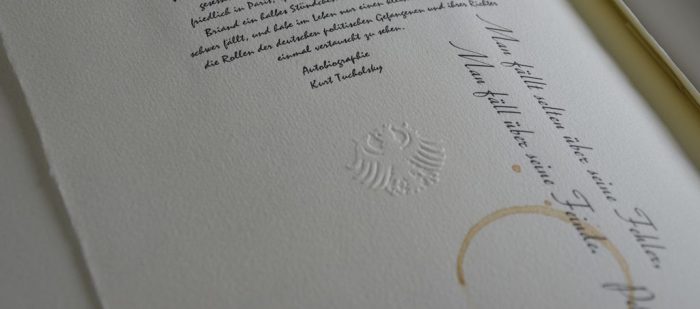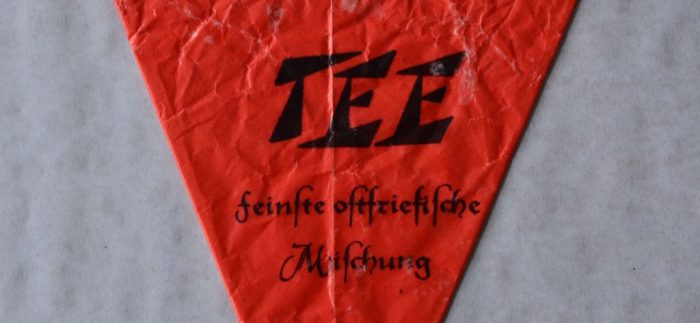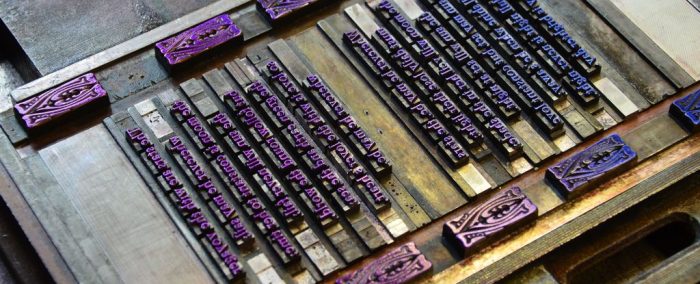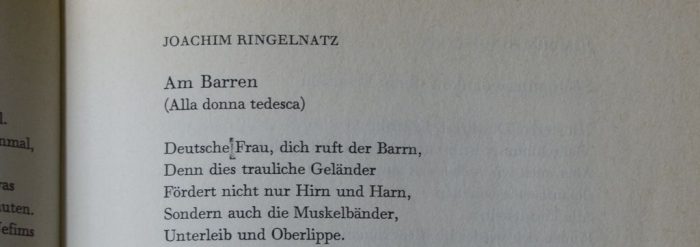On Mistakes

Ever heard of Archaea? Archaea are single-celled organisms. They do not have a nucleus, their DNA kind of floats in their cells without being enclosed within a membrane. They might be the most ancient form of life on planet earth, or carry some very ancient traits in them, for that matter.
If the process of copying DNA had ever worked flawlessly, they had been staying well on their own to this day. Obviously, they have not.

They are still around, fixing nitrogen in soils or helping us digest our food in our guts. The reason for there being various sorts of Archaea, and, moreover, there being an incredible diversity of other species on this planet is: mistakes. In this particular context it is the mistakes that happen in the process of copying DNA. Such mistakes are commonly called mutations and teamed up with selection they make up for what we call evolutionary processes – by which new species come into existence.
To cut a long story short: Mistakes make the wonders of our world.

So: why are we so keen to avoid them? The mistakes that is.
From an early age on we are told that making mistakes is bad. You might have guessed: it is not at all this straight forward. Point is: it all depends on the circumstances and, obviously, on what exactly we count as a mistake. There is something of „One man‘s trash is another man‘s treasure“ in it.
We need a solid basis to decide what is correct and what is false. Without such a fundament for decision we are lost: we find ourselves unable to say which is the mistake and which is correct. We want guidance for evaluation of the situation. We need criteria, we need standards. And these will necessarily be on the basis of what has given proof of being right or wrong in the past, and on the basis of the currently accepted paradigm.
But wait: something that is original, has not existed before, it is new, unknown of so far. And in being new it might not meet the standards. It might not even be measurable according to the given criteria, for the simple reason that at the time the standards and criteria were set up the new entity was not known of yet and could not be considered. Frankly, the history of science is crowed with cases like that, which more often than not resulted in a change of paradigm in the long run.
And we know for sure: all true art work is original.

Discovering a mistake stops you in your track. You spot the mistake and have second thoughts. Does this need to be put right? Or might it be something that can grow into something new, something better, something more interesting? Mistakes make us realize that there is leeway, an option for change. Creating space or allowance for mistakes does not mean giving up on craftsmanship. Admitting mistakes does not mean allowing negligence or making room for carelessness. There are still mistakes that will need to be corrected. But some may be given leave to stay. To fill a work with life, to make it the work of a true human being – and, as our elders knew too well, to protect against the evil eye.
Whatever is alive is susceptible to making errors. Whatever is alive is not perfect. As a living being I am not perfect and neither are my works. I would not want my works to be perfect, in any case. To me a perfect work feels unnatural, steril, not dead perhaps, but lifeless.

However, one of my art works is special in that it is deliberatly made of spoils. All sheets are spoils. I proof read them but did not correct the typos. Add to this: there are coffee stains, prints from shoe soles, and all sorts of other flaws that would mark a printed sheet a spoil. The work is „Mir fehlt ein Wort“ (I am lacking a word), my homage to Kurt Tucholsky, published in 2010.

Artist‘s book „Mir fehlt ein Wort“, 60 texts by Kurt Tucholsky, Prussian binding, in portfolio and card board box.
The classic mistakes in letterpress printing
Basically, in letterpress printing there are two sorts of mistakes. The ones that are made by the hand of the printer, the misprints, and the ones the compositor is to blame for, the typos. In both cases the results are what we call spoils, but back in letterpress times neither the printer nor the compositor wanted to be made accountable for the other‘s failings. If we take up books printed letterpress, we‘ll pretty soon find what the textbooks of letterpress printing will call mistakes. Interesting are the ones far more sophisticated than simple typos.

A work-up or rising space is a real bastard even in a manual press. Work-ups will not show from the start. They sit in waiting until you did all the corrections and adjustments and proof printing and start your print run of the edition. You will double check during the first couple of prints, you can see: all is fine, and you will go for the edition. This is the moment the work-up wakes up, remembers what its name stands for, and starts moving. It is spaces between words or at the end of a line that start working their way upwards.

Spaces are much shorter than is type, this is because they are not supposed to take up ink and print themselves. They are supposed to show as spaces, that is white paper. But after some time into the print run the work-ups will have made their way to the top. This is when they start catching ink and eventually they‘ll leave their „I was here“ on the paper.

Some remarks for all of you who felt at a loss as to the featured image of this post:
There are certain rules of how to proceed with Black Letter typefaces. One of them is a very definitive discretion between the two forms of s: the long-s and the round-s. The correct use of the round-s is shown in the word „Aus“, while the correct use of the long-s is shown in the word „schönen“. The long-s should have been used as well in the word „Gast“, but unfortunately it was not. This results in a rather unfortunate mixture of right and wrong abreast.
To be continued on 8 May 2024


Hello Annette,
Since this article is about mistakes and typos, do you want me to correct the few typos that I did manage to find? Or do you want to leave them as is? Interesting information!
Good question! Thanks for spotting the little ones. If a misspelling or typo will affect whether a text can be understood the way it is supposed to be understood, correcting it is a good idea. You do not want the reader to get it all wrong. They should have the opportunity to get the message the way it was intended to read. Of course there might be a difference in the intention of a documentary or informative text versus the text in a work of art.